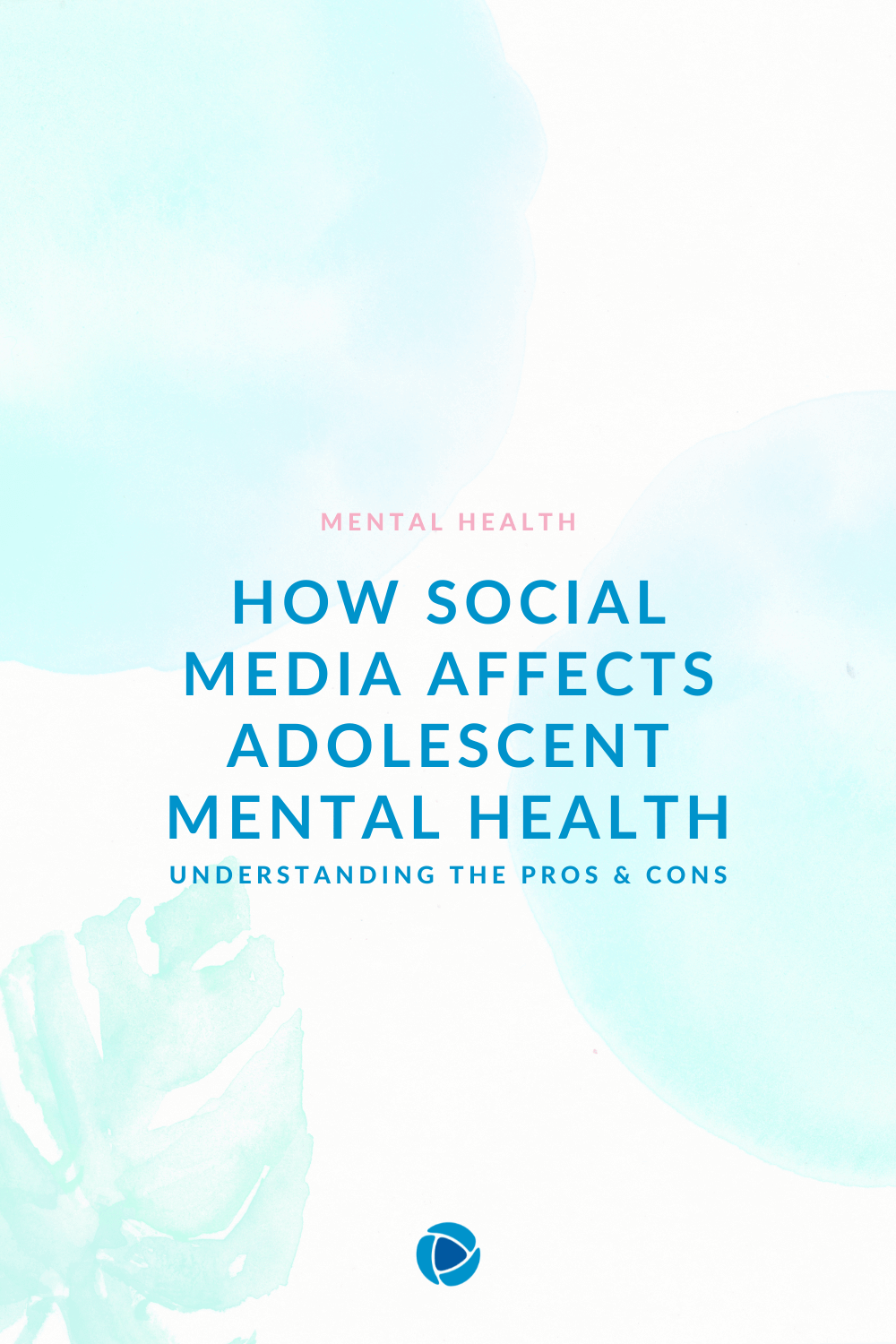
September 2, 2020
How Social Media affects Adolescent Mental Health
Over the last two decades, the use of social media has become part of our daily lives. We use it for entertainment, to stay connected and to keep up to date with important information. Especially in the last few months during the COVID-19 outbreak, social media has helped to reduce feelings of loneliness and isolation during quarantine. I myself use several social media platforms: Facebook, Twitter, Instagram, Snapchat, Youtube etc. all for different reasons, sometimes I tend to catch myself going on Instagram for no reason in the morning when I wake up or it being the first app I open when I unlock my phone. Then I wonder, as a lot of people probably do, have I become a social media addict? Also getting the weekly screen time reports and seeing how many hours a day/week I spend on these apps makes me wonder if this is something that I should reduce, and does this have any implications on our mental health?
There is already a lot of research which explores the effects of social media usage on mental health conditions such as depression and suicidality specifically among adolescents. One of the reasons why this is being explored is because there has been an increase in adolescent depression and suicidal behaviour over the last two decades with the onset of social media use. Suicide is the second leading cause of death among youth between the ages of 10-34 years old (Centers for Disease Control and Prevention, National Center for Injury Prevention and Control, 2017).
So what are the concerns around the effects of social media use on adolescent mental health? A thorough review of all the available evidence by Carol Vidal and her team has found that there are four main themes derived from research findings:
1. Quantity of social media use
Frequency of social media use:
- Studies have found that the more time is spent on social media the higher levels of depression, suicidal ideation and self-regulation deficits were, but we can’t be sure of the direction of this effect whether it is the use of social media that increases levels of depressive symptoms or if higher levels of depression can lead to an increase in social media use.
- This effect is mediated by the Fear of Missing Out (the apprehension of missing out on rewarding experiences that others might be enjoying)
Problematic (addictive) use of social media:
- Depressive mood also predicted problematic or addictive use of social media, so there might be a vicious cycle in which spending a lot of time on social media leads to depressive symptoms and a depressive mood, in turn, results in even more frequent use of social media.
- Rumination and low self-esteem mediated the effect of social media addiction and depression.
- Moderate use and a stable trend in the time spent on social media has shown to result in better emotional regulation and healthier development especially when used to acquire information.
2. Quality of social media use: characteristics of social media use and social comparisons
- Social media use has been characterised into different user types: public (e.g. updating one’s status on a profile) vs private (e.g. messaging), and active (e.g. interacting with others on social media) vs passive (e.g. browsing on social media).
- Among girls, passive use of social media yielded negative outcomes such as depressed mood, while active use yielded positive outcomes such as perceived social support.
- Using the internet for information searching was associated with higher grades, more frequent participation in clubs, and lower reports of depressive symptoms, while using the internet more than 4h per day to communicate or play games was associated with greater depression-like symptoms
3. Social aspects of social media use
Cyberbullying:
- Symptoms of depression, post-traumatic stress disorder, and suicidal ideation were more prevalent among adolescents who reported any past-year cyberbullying (either victimisation or perpetration).
- Highly visual social media (such as Instagram) predicted internalising symptoms, such as feeling sad or being withdrawn, and body image concerns, however, body image concerns also mediated this effect, meaning that those who didn’t have body image concerns were not affected.
Social support:
- If social support was received this, in turn, improved depressive symptoms but worsened symptoms if support was not received
- Higher involvement in family activities and with peers significantly improved mental wellbeing. Interestingly, negative interactions with mothers during early adolescence were associated with youth preferring online versus face-to-face communication, experiencing more negative interactions on webpages, and forming close friendships with someone they met online 7 years later.
4. Disclosure of Mental Health issues:
- Disclosure of mental health problems is common for both depressed and non-depressed adolescents, those who are depressed share more feelings of anhedonia (inability to feel pleasure) and suicidal thoughts.
- This is why social media might not be useful when screening for depression, however, it can give us a better idea of the development of depressive mood over time and to encourage individuals to speak openly about mental health.
Closing thoughts
The takeaway message from these findings is that social media is part of our lives if we use it right it can help us to form social connections, communicate better and find out useful information. It can be both good and bad depending on our circumstances and the way we use it. By understanding what causes adolescents to develop addictive behaviours or negative thoughts when using social media, we can develop more informed interventions, therapies and educate people how to use social media for their benefit and to develop a deeper understanding of their own behaviours, feelings and reasons why they are using these platforms.
Topics mentioned in this blog post:
Get the latest news with
Thrive Unplugged!
Sign up to our monthly newsletter to receive the latest news on everything Thrive Mental Wellbeing.








